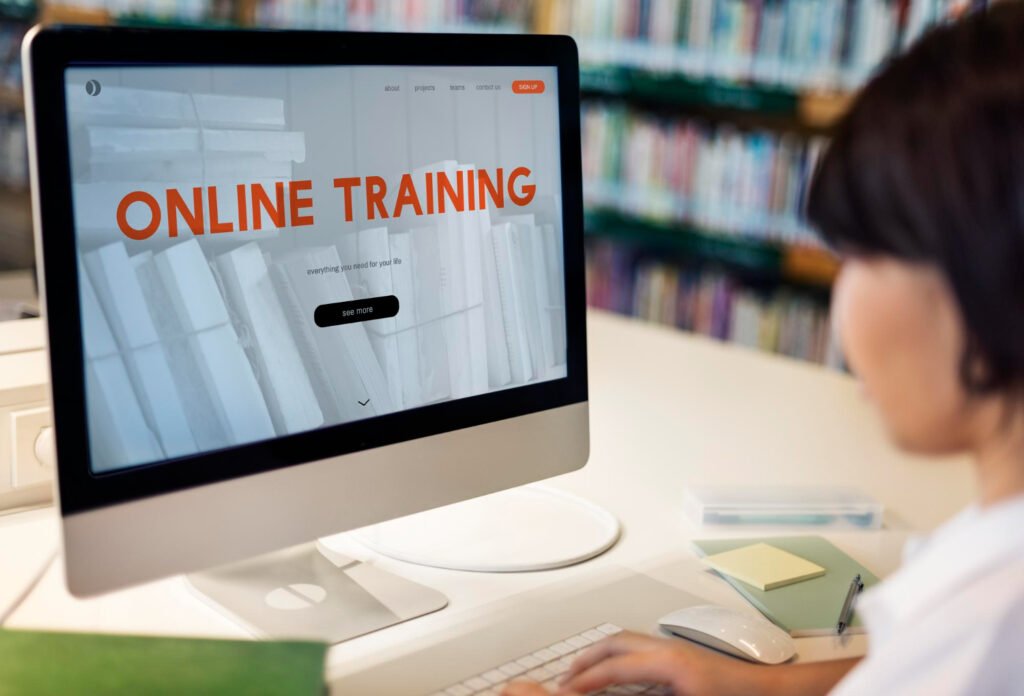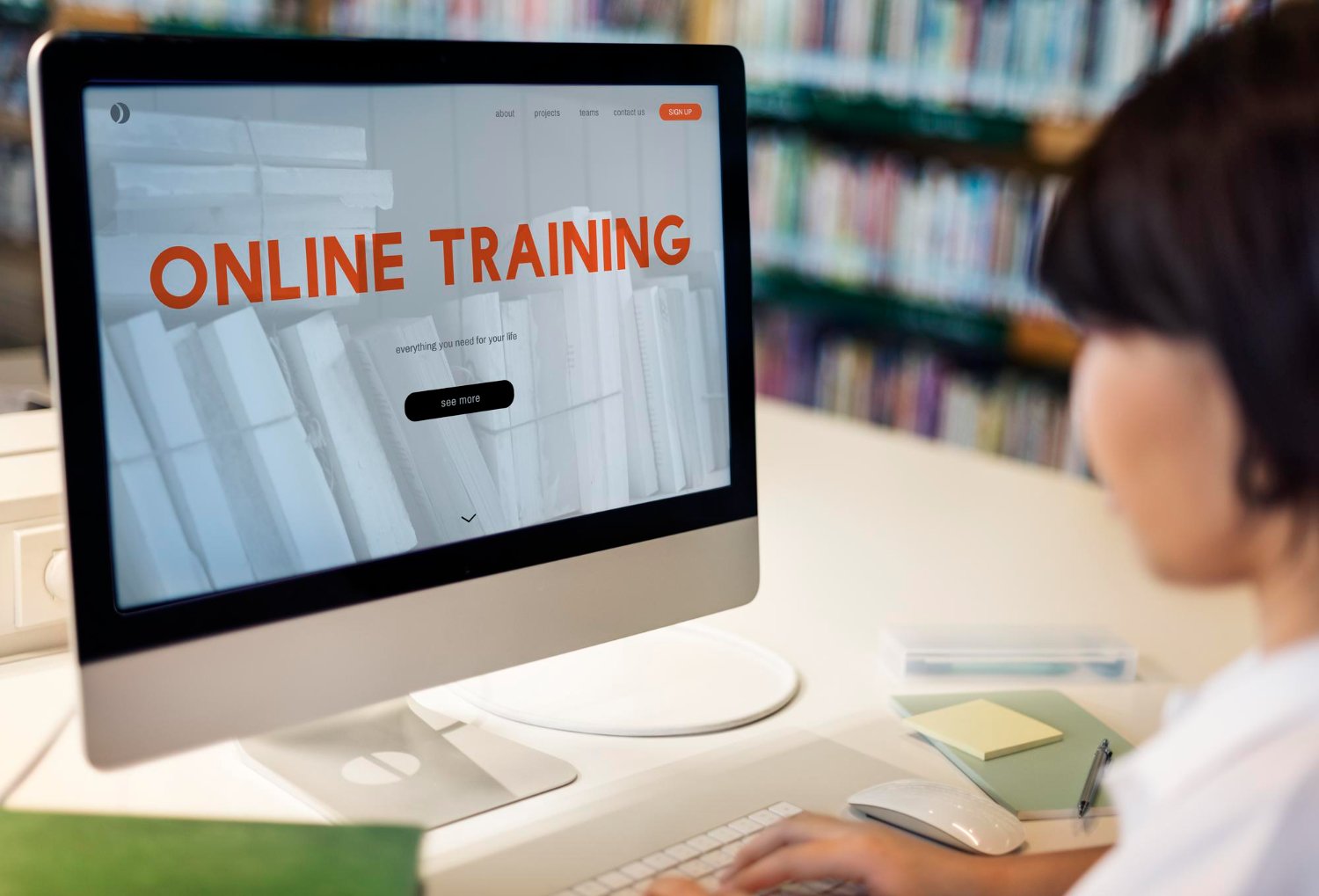Quality Assurance (QA) testing plays a vital role in ensuring the functionality and reliability of software applications. If you’re interested in a career in QA testing but have no prior experience, fear not. Canada’s tech industry offers numerous opportunities for individuals looking to start their journey in this field. In this blog post, we’ll guide you through the steps to break into Quality analyst course online, even if you’re starting from scratch.
Understanding QA Testing
Before we dive into the steps, let’s clarify what QA testing is all about. QA testers are responsible for evaluating software applications to identify bugs, glitches, or inconsistencies. They play a pivotal role in improving the user experience by ensuring that software functions as intended. QA testing encompasses various types, including manual testing (performed by humans) and automated testing (using software tools).

Steps to Get Started in QA Testing
Understand the Basics
The first step in your journey is to gain a fundamental understanding of QA testing concepts. Start by researching what QA testing entails, the different testing methodologies (such as Agile and Waterfall), and the role of a QA tester in the software development life cycle (SDLC).
Learn Software Fundamentals
While you don’t need to be a programmer to become a QA tester, having a basic understanding of software and coding principles can be beneficial. Familiarize yourself with programming languages like Java, Python, or JavaScript, as well as basic database concepts.
Online Courses and Tutorials
Online learning platforms like Coursera, edX, Udemy, and LinkedIn Learning offer a plethora of QA testing courses. Look for beginner-friendly courses that cover essential topics such as test cases, test plans, and defect tracking. These courses are often self-paced, allowing you to learn at your convenience.
Certifications
Consider pursuing certifications that validate your QA testing knowledge and skills. The International Software Testing Qualifications Board (ISTQB) offers globally recognized certifications, including the Certified Tester Foundation Level (CTFL). While certification is not mandatory, it can enhance your credibility as a QA tester.
Build a Testing Environment
To gain practical experience, set up a testing environment on your computer. You can download open-source software or use trial versions of commercial applications. Experiment with testing scenarios and document your findings. This hands-on experience will be invaluable.
Networking and Online Communities
Join online forums, communities, and social media groups dedicated to QA testing. Engaging with experienced QA professionals can provide valuable insights, job leads, and opportunities for mentorship.
Volunteer and Internship Opportunities
Look for volunteer or internship positions related to QA testing. Non-profit organizations, open-source projects, or smaller tech companies may offer opportunities for hands-on experience, even if they’re unpaid.
Freelance Work
Platforms like Upwork and Freelancer.com often have freelance QA testing gigs. While these opportunities may not pay much initially, they can help you build a portfolio and gain practical experience.
Create a Portfolio
As you work on testing projects, document your findings, create test cases, and maintain a portfolio of your work. Having tangible evidence of your skills and experience will impress potential employers.
Tailor Your Resume
Craft a well-structured resume that highlights your relevant skills, certifications, and any practical experience you’ve gained. Emphasize your ability to analyse software functionality, identify defects, and communicate effectively.
Cover Letter
Write a compelling cover letter that explains your interest in QA testing and how your skills and background make you a promising candidate, despite your lack of experience.
Job Search Strategies
- Job Boards: – Search for entry-level QA tester positions on job boards such as Indeed, Glassdoor, LinkedIn, and specialized tech job sites like Dice.
- Networking: – Leverage your network and attend tech-related meetups and conferences in your area. Networking can help you discover hidden job opportunities and connect with potential employers.
- Apply Proactively: – Don’t wait for job postings to appear; proactively send your resume to companies that interest you, expressing your desire to learn and grow as a QA tester.
- Interview Preparation: – Be prepared for interviews by studying common QA testing interview questions and practicing your responses. Highlight your enthusiasm for the field and your willingness to learn.
Continuous Learning and Career Advancement
- On-the-Job Learning: – Once you secure a QA testing position, continue to learn and improve your skills on the job. Collaborate with experienced testers and ask for feedback on your work.
- Advanced Certifications: –As you gain experience, consider pursuing advanced certifications such as ISTQB’s Certified Tester Advanced Level (CTAL). These certifications can open doors to higher-paying positions.
- Specialization: – Explore specialized areas within QA testing, such as performance testing, security testing, or mobile app testing, to further differentiate yourself in the job market.
Conclusion
Getting into QA testing with no prior experience is entirely achievable with determination and the right strategy. Canada’s tech industry offers a wealth of opportunities for newcomers to the field, and your dedication to learning and building practical skills will set you on a path to success. Remember that continuous learning, networking, and perseverance are key to a fulfilling career in QA testing. So, take the first step, and embark on your exciting journey into the world of software quality assurance.

